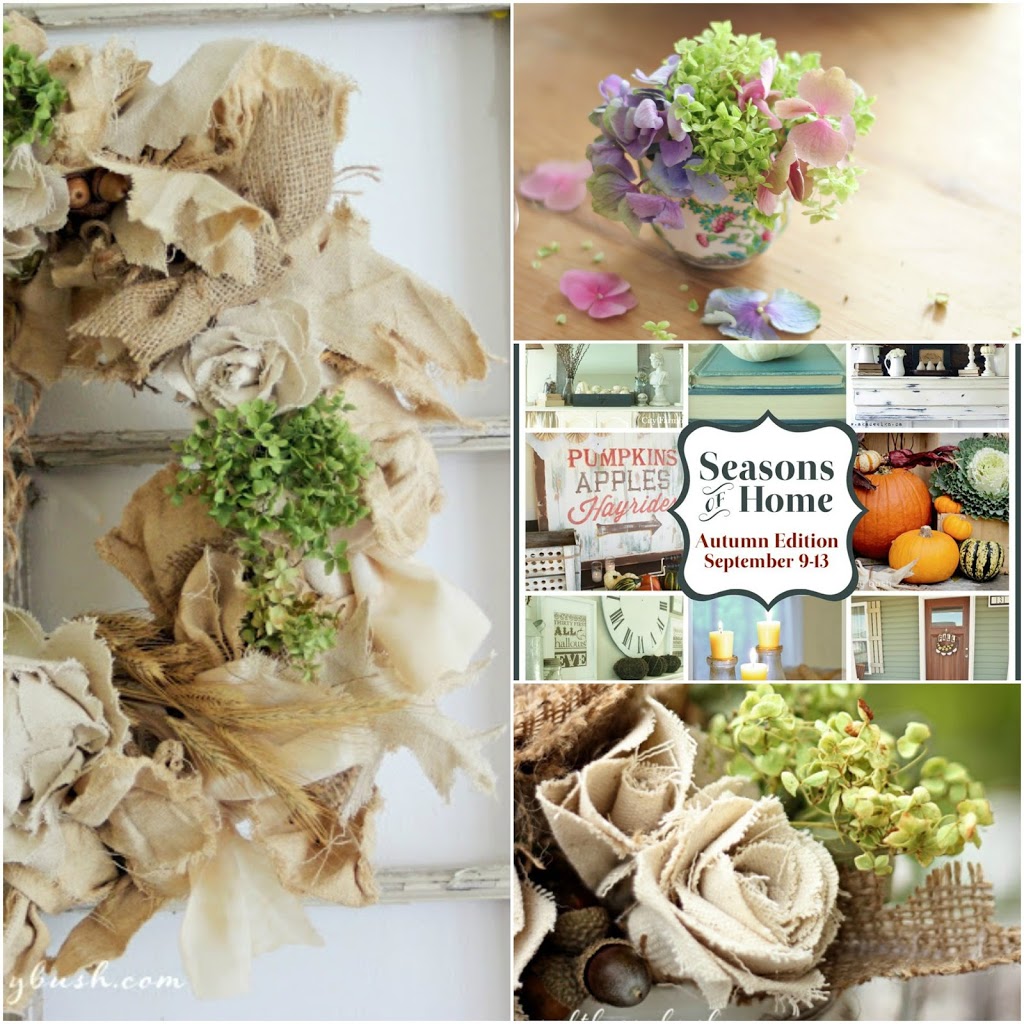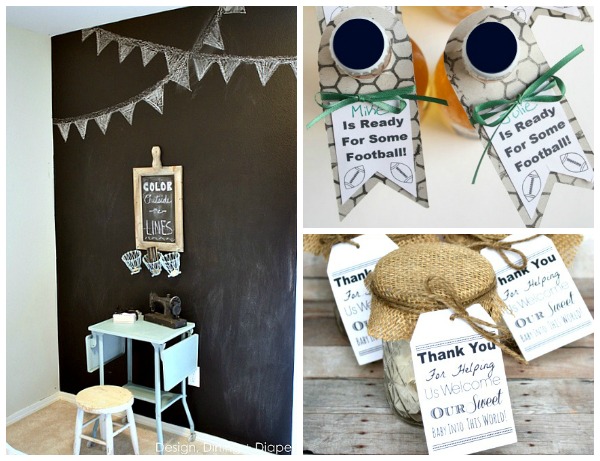It’s hard to believe it’s time to link up again!
We always look forward to Thursdays so
we can catch up with what you’ve been up to.
Thank you so much for being here!
Keep in touch with me – via FB, Instagram, Pinterest and Bloglovin
Today we have our beautiful friend Fotini from Glamorous Affordable Life here with us.
Take a look at some of her projects and make sure you stop by and say hello!
Today we have our beautiful friend Fotini from Glamorous Affordable Life here with us.
Take a look at some of her projects and make sure you stop by and say hello!
Keep in touch with Taryn via: Blog, FB, Pinterest, Bloglovin, Twitter
>








Lovely features. Thank you so much for hosting this awesome party!
Big hugs,
FABBY
Thanks for hosting Lucy.
Thank you so much for hosting, ladies!
Love all the fall features, Lucy! My favorite season. :o) Thank you for hosting!
Larissa ~ Prodigal Pieces
Great features – thanks for hosting!
-Shelley
Great blog, thanks for hosting here from Happy Hour. My first time around!
Hi Lucy, thanks for hosting your great link party.
Hope you have a great weekend,
Lisa
P.S. Is there an e-mail link to you on your page? I couldn’t find it.
Burlap just makes me happy. Be still my heart! Thanks for hosting. 🙂
~Stacy @ Stacy Makes Cents
Thank you so much for the party Lucy!
Have a great week end.
Ellya
The weight of an iron can depends on a variety of factors, including Dimensions (length, width, thickness of walls) and type of alloy or material
used in its production. To calculate the weight of the iron can, you can use the following formula:
1. Formula for calculating the weight of the iron can (profile)
The weight of the profile or can is calculated using the وزن قوطی 40*60 following formula:
Can weight
=
Iron density
×
Can size
Can weight=iron density×can volume
The density of iron is usually about 7.85 grams per cubic centimeter.
The volume of the can is equal to the surface area times its length.